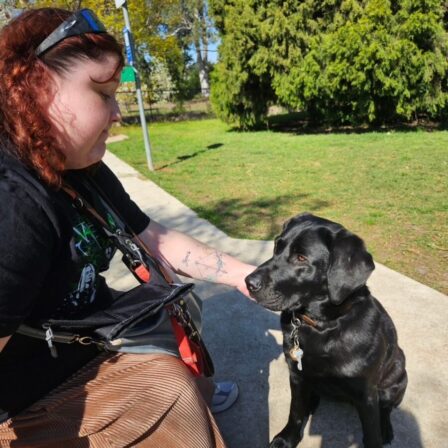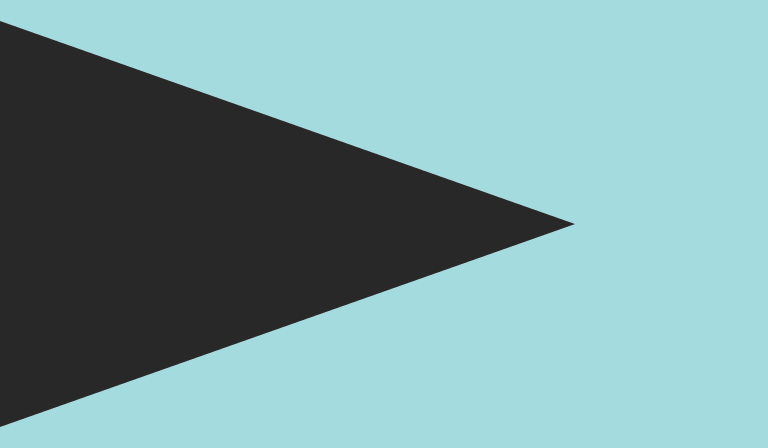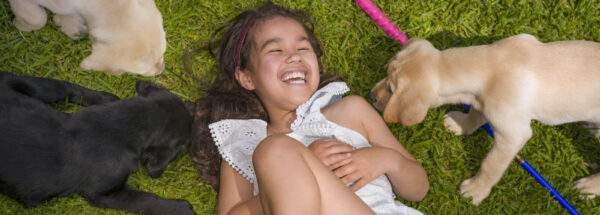News
New Assistive Technology Help Desk and other Client news
New Assistive Technology Help Desk
We are excited to announce the launch of our Assistive Technology (AT) Help Desk, on Monday 1st June 2020.
The AT Help Desk will operate five days per week, from 9am-1pm Monday to Friday.
Our Assistive Technology Specialists will support you with enquiries about technology related to your vision. This may include discussing:
- Information about available products
- Tips and tricks for using your technology
- How you can use your technology to do what is important to you
- Other services that are available in your community for support.
We have specifically designed the AT Help Desk to:
- Be responsive – to minimise the time between you identifying an Assistive Technology need and receiving support.
- Be easily accessible – to minimise the processes between asking for assistance and receiving it. Accessing the AT Help Desk is as simple as picking up the phone and speaking to a trained Assistive Technology Specialist.
- Reduce GDN core service wait times – by addressing a proportion of the demand that would otherwise end up being handled by GDN core services.
- Maximise mainstream supports – by connecting you to mainstream services where they are appropriate and available.
- Provide episodic and time-limited support – by providing short bursts of support to those needing basic Assistive Technology information and troubleshooting.
- Evolve – by responding in an agile manner to your Assistive Technology needs, adjusting support where appropriate and over time.
- Be current – by keeping up-to-date with the rapid pace of the market and responding to enquiries related to new devices and technology trends of both mainstream and specialised devices.
You can access the AT Help Desk by calling your local Guide Dogs office number or 1800 484 333.
Simply choose ‘Option 4’ to be transferred directly to one of our AT Specialists or hold to speak with our helpful staff.
For more information, please contact us or visit the Guide Dogs website.
COVID-19 Testing
The Australian Government has established a network of Respiratory Clinics to make it easier for people to be tested for COVID-19 if they have symptoms, no matter how mild.
These clinics are generally located close to public transport and shopping centres.
Most clinics are by appointment only and all are free to the public. Anyone finding it difficult to access one of these clinics is advised to contact their GP who will be able to make an appointment on their behalf.
All you need to do is go to the Respiratory Clinic locations website and type in your postcode.
As advised in last week’s communication, the other accessible testing options are your local hospital or GP if they are providing testing facilities, or a drive through testing station.
Human Guide strategies for physical distancing
This information is intended as a guide only.
Below are some practical tips for maintaining a safe distance while being assisted by a Human Guide, sometimes referred to as a Sighted Guide.
Traditional approach
The traditional method where the person requiring guiding assistance (the Client) takes the arm of the Human/Sighted Guide (the Guide) can still be practiced provided both parties give their consent. If both parties are comfortable with this approach it is important for the Client and the Guide to be symptom free and to wash or sanitise their hands before and after any physical contact. They must also practice safe respiratory hygiene such as sneezing or coughing into the flexed elbow not being used for guidance, or a tissue which is then immediately disposed of, if necessary.
Verbal Information
The Guide provides verbal information about the surroundings as the individual being guided uses their cane or other aid to travel. This will allow for recommended distances to be maintained. This is a no physical contact, verbal input only technique. The Guide needs to provide clear concise information as body movement will not be felt.
Use of a spare cane or other item to maintain a consistent distance
The Guide holds one end of the cane or other object, while the person being guided holds the other end of the cane.
This allows a consistent distance between the two people while travelling. The Guide can stand on the same side of the cane or on the opposite side of the cane. If on the same side, the individual being guided will be directly behind the guide. If on the opposite side of the cane the person being guided can use a mobility aid. The second option is preferable for outdoor travel.
Use of trolleys in shopping centres
A trolley can give distance between the Guide and the individual being guided.
The Guide takes lead by controlling the front of the trolley while the individual being guided pushes from the trolley handle.
This can eliminate the use of the long cane as the trolley will give surface feedback. Placing the cane in the trolley will provide indication to other shoppers of the shopper’s level of vision.
Be creative
Consider what might work for you.
There may already be something rigid in your home that could be put to good use.
Good hygiene is always recommended before, during and after any activity, including for the cleaning of aids.
Client Service options reminder
Last week GDN commenced the gradual resumption of face-to-face services for Clients whose needs are best met through in-person servicing, where it is safe to do so.
We are presently contacting Clients currently receiving services to discuss their options.
If you need further information please phone us on 1800 484 333 or send an email to feedback@guidedogs.com.au.








